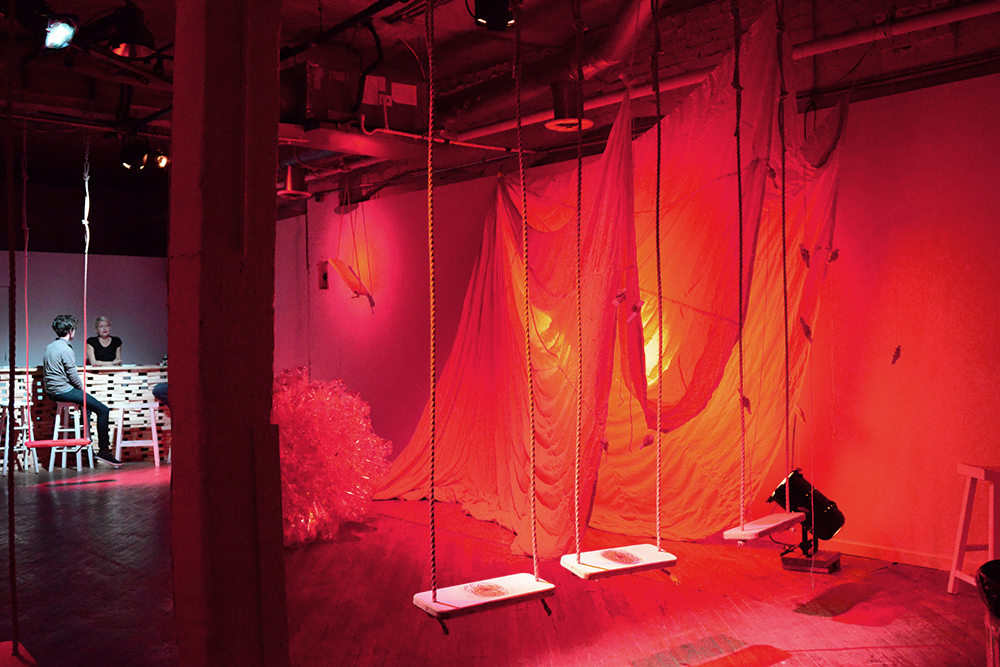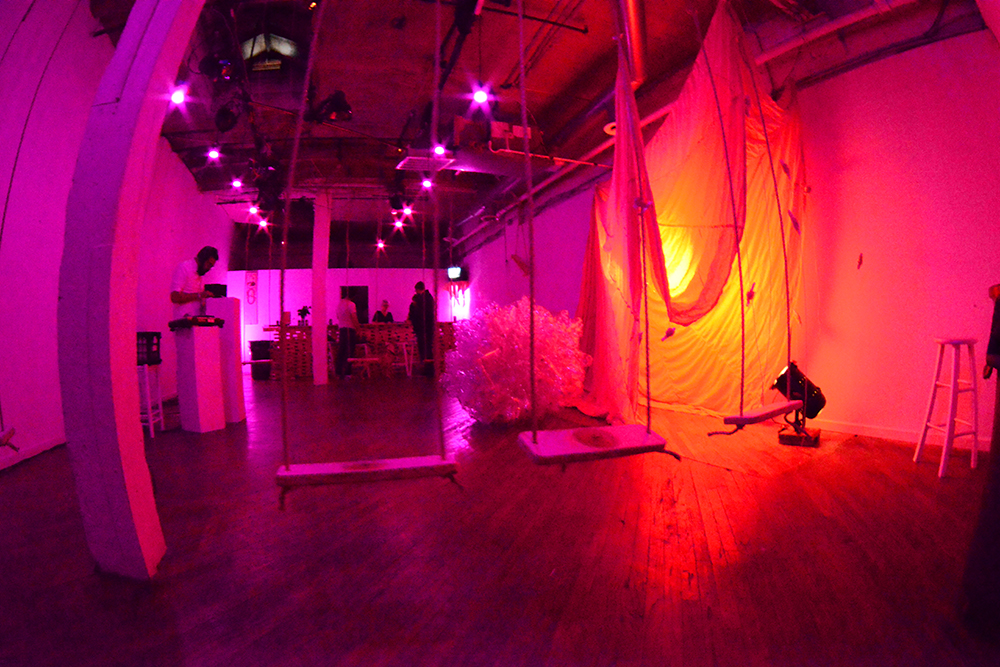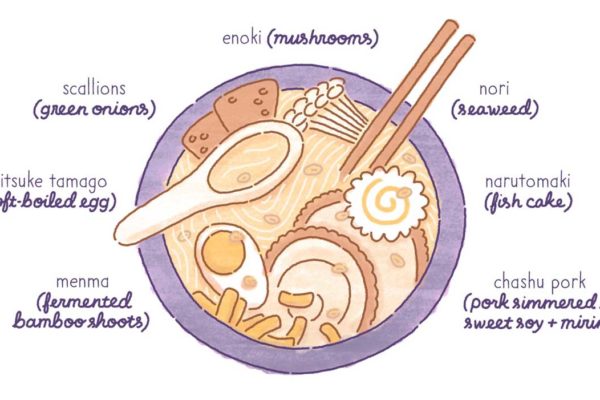This man once asked me: “how many people live inside of your head?”
Quite a way to start an “About Me,” no? That’s the sort of strange, abstract thinking that helps artist Marcia Vaitsman create her beautiful, sometimes-haunting works of art.
Originally from Brazil, Vaitsman has shown her work in Japan, Europe and South America since earning her degree in Media Studies at the Universidade de São Paulo and studying at various European universities. Her work shows the connection between people, their environment’s permanence and chaos through installations and media, including videos and photography. In one of her most poignant projects, Giant Waves, Vaitsman grabbed stills from the 2011 Japan tsunami amateur YouTube videos using a hand scanner. The project is an investigation of our memory of the event and the contrast between the calmness of the images and the violence of nature.
While she splits her time between Atlanta and São Paulo, she has carved out a niche for herself in our local art scene. She had a playground-themed installation at MINT Gallery (complete with swings!) for Sumptuary, an exhibition curated by Mike Stasny and Maggie Ginestra.
Here, Vaitsman talks to CommonCreativ about her MINT installation, traveling and games as rituals.
CommonCreativ: What brought you to Atlanta?
Marcia Vaitsman: I came to Atlanta for family reasons and ended up enjoying it very much. The last winters were a bit long, but all of the other seasons make the city vibrant. There are very smart artists, writers and academic people in Atlanta and it makes the city interesting.
CC: When did you decide to become an artist?
MV: I had two moments: one when I visited an exhibition of the works by Lygia Clark in 1986—I was very young and I knew that that was what I had to do and what I wanted to do. At that time, I didn’t know if I would work with paper, cinema, sound or words… most of the time I still don’t know. The other moment was when I was working with applied arts because I needed to earn money, when I understood that I needed to break out and find ways to do only my own projects. This was in 1999, right after it I fortunately got a fully-funded opportunity to study in one of the best art schools in Germany.
CC: How often do you go back to Brazil? Do you find inspiration there?
MV: I go to Brazil twice a year. São Paulo used to feed me with a lot of imagination, but I’m getting tired of mega cities. I find that deserts, rivers and the ocean have been playing more of a role of filling in the blanks. So at the moment, I am more excited with the idea of going to Utah or Alaska than São Paulo.
CC: Tell me about your work at MINT for Sumptuary.
MV: Park#1 is a playful installation. In short, it is a poetic intervention using lowbrow mathematics or something like mathematics of fun. It comes from memories of playground and park visits in times of my childish obsession with numbers and order. Recently, I read that [Carl] Jung called numbers ‘archetypes of order,’ and it makes total sense if you think of games as rituals with specific time and space, which hold the polarity of rules and chance—or order and chaos. Park#1 was created under the specifications of Sumptuary as a collaborative arts festival. It was mine, but it was everyone else’s at the same time. I felt that the space for social exchange and gathering was more important than anything I could want to say, and I think this was the successful part of it.
 CC: What was it like collaborating for this show?
CC: What was it like collaborating for this show?
MV: There are many concessions in projects like this. It’s the nature of collaborations: the art of negotiation. This all is possible because of many chats with the curators Mike Stasny and Maggie Ginestra, excellent artists and articulators. Both were impeccable in curating works that could co-exist for days at MINT. They know how to bring people together and create an inviting environment of cooperation. Maggie and Mike care immensely about the integrity of works, during all phases—from choosing and understanding what the artist is talking about to installing, representing the artists and uninstalling. This makes them class-A curators.
CC: What’s your creative process?
MV: I work with many ideas at the same time. I focus on having funding for one or two projects at a time, but my mind is aware and working non-stop with different connections and trajectories. I am working with the idea of the body and mind in isolation. I am also working with images of the future and again with the theme of games—rule vs. chaos. For inspiration, reading is still the base of what I do. I could hardly survive without reading. Right now I’m reading Mia Couto from Mozambique—I consider him to be one of the great minds of our times. My cultural references are fragmented since I lived in many countries. I read about politics, science, culture, philosophy, education, etc. Music is also a great reference. I’m [currently] obsessed with the work of Ernst Reijseger. I also had the chance to see work by the choreographer Olga Roriz in Lisbon—it made me think about it for 15 days.
CC: What are your favorite artists and/or organizations in Atlanta?
MV: I love Wonderroot, the Goat Farm Arts Center and the Hambidge Center. I also love Whitespace, the gallery that represents me. Susan Bridges, Whitespace’s owner, is one of the most influential people in town.
CC: How do you choose your media?
MV: I like to work with time-based media. I like experimental video and sound. I don’t have so much patience for storytelling though. I’m now feeling the need to bring audiovisual works to my level of body experience—I can imagine this happening in installations. In other moments, I like to see some of my ideas on the paper, in traditional photo print or digital processes. They all make me very excited. The last two years, in addition to my regular photo and video gear, I’ve been using a toy camera, a Holga, and the visual result is magic.
CC: What’s next for you?
MV: A publication is being printed right now by the Sao Paulo Cultural Center, which brings photographs of my work and a fantastic conversation with a brilliant mind of the São Paulo art scene, curator Marcio Harum. More [happenings in] Europe. I want to make an exchange between Lisbon, Atlanta and São Paulo. More meditation and, hopefully soon, some swimming pool and beach.
You can see more of Marcia’s at her portfolio + don’t miss Sumptuary at MINT Gallery, showing until April 21.







